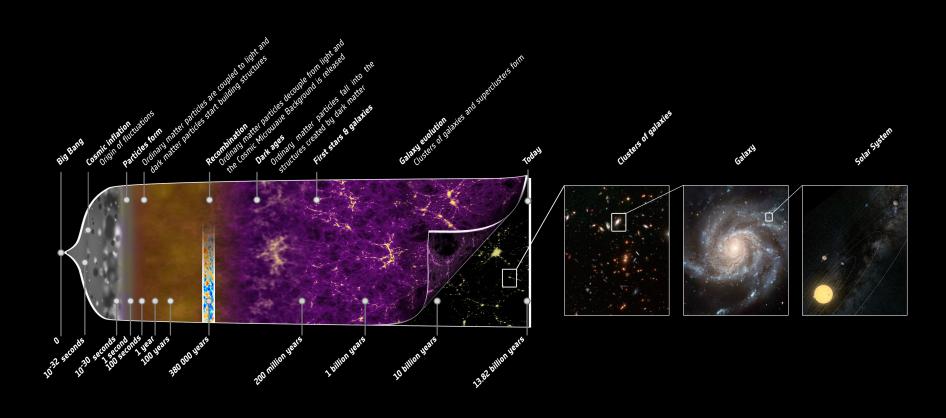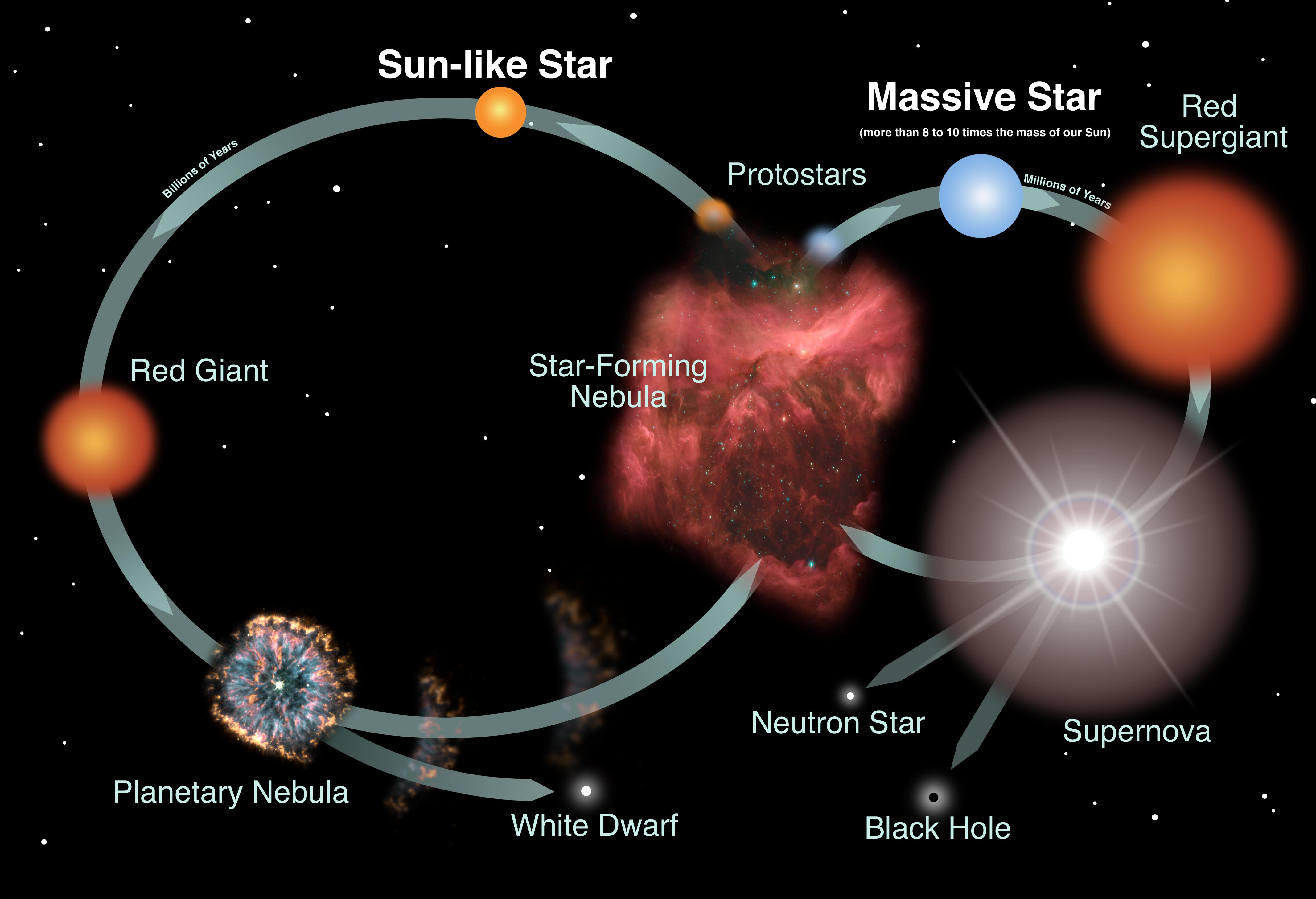Why is the sky dark at night? You might think the answer is obvious: because the sun has not risen. However, in reality the sky only appears blue during the day because sunlight is scattered through the Earth’s atmosphere; Without the atmosphere, the sky would always be dark, even during the day. If we wanted to think a little deeper about this, a more ambitious question might be: Why is space dark?
Space is filled with countless stars, many of them as bright as the Sun. If the universe is infinite – or at least incredibly large – shouldn’t we find a star at the end of our line of sight no matter which way we look? Also, since there are trillions of galaxies, why doesn’t the light from all of them illuminate every spot in the sky?
If so, the entire sky should be as bright and hot as the surface of the Sun, which it certainly isn’t. So where does this argument go wrong? These are not easy questions to answer, and this puzzle has baffled astronomers for centuries.but eventually science overcame this challenge.

How did the Olbers Paradox come about?
The famous German astronomer Johannes Kepler first posed this problem in 1610 and also proposed his first solution: he believed that stars radiated only a finite distance. When the field of view crosses this boundary, it only finds space. But where is this limit? Why is it there? And what’s beyond that?
Astronomers after Kepler proposed several solutions to the problem of dark night skies. It became known as the Olbers Paradox.. In 1823, German astronomer Heinrich Olbers suggested that starlight was gradually absorbed during its journey through space, which would prevent light from any star beyond a sufficiently large distance from reaching Earth.
But that doesn’t solve the problem either. Any absorbing interstellar gas or dust heats up until it re-emits all the starlight it absorbs, and the energy reaching us is the same.
In other words, something was wrong. Our universe could not be static, infinite, and filled with eternally shining stars. If that were the case, the night sky would be forever bright everywhere and in every direction. Obviously, something was missing.

What astronomers didn’t know in Olbers’ time was that the Universe we live in today had a beginning: the first cosmic day. This starting point is known as the Big Bang, and it forms the starting point for all matter, radiation, energy, and light that is likely to exist in the observable Universe.
Since the universe does not exist forever, therefore, we can only observe stars and galaxies at a certain and finite distance. Therefore, we can only receive finite amounts of light, heat, and energy from them, and there cannot be arbitrarily large amounts of light in our night sky.

But that’s not the whole solution to Olbers’ Paradox. Today, astronomers know that most stars like the Sun shine for several billion years before depleting their nuclear fuel and darkening. Dying stars send gas and dust back into space, and this material causes new generations of stars to form.
After enough generations, all the nuclear fuel in the universe will eventually run out and eventually the formation of bright stars will cease. Therefore, even if the universe was infinitely old and infinitely large, it could not contain enough fuel to make the stars shine forever and fill all space with starlight. And that’s why the night sky is dark.
Source: Tec Mundo
I’m Blaine Morgan, an experienced journalist and writer with over 8 years of experience in the tech industry. My expertise lies in writing about technology news and trends, covering everything from cutting-edge gadgets to emerging software developments. I’ve written for several leading publications including Gadget Onus where I am an author.












